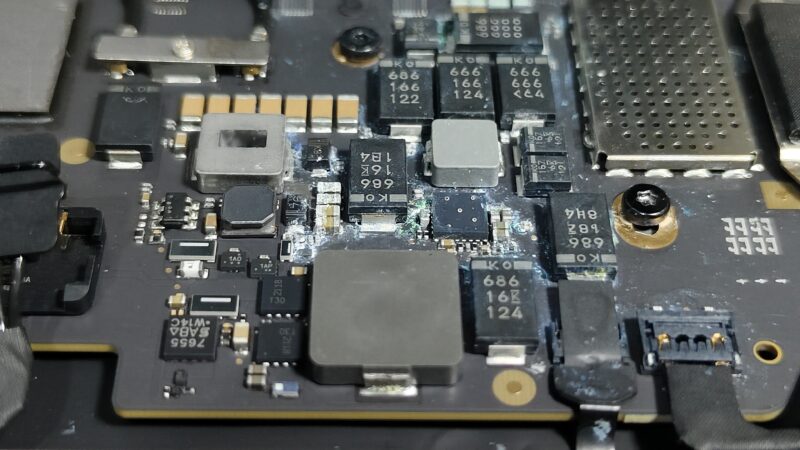Now, what is the major difference between the Nara Period (710-794 C.E.) and the Heian Period (794-1185 C.E.)? The main difference lies in the identity of the Japanese in those two periods.
In the previous post, I mentioned that during the Nara Period, the Japanese absorbed virtually anything Chinese. They imported the administrative rules, philosophy, religion, transcription as well as the city planning. A lot of these would remain in the Heian Period. What made the difference is the fact that during the Heian Period, the Japanese started to be critical and adjusted these Chinese elements to their own needs and conditions and made those Chinese elements into Japanese ones. It is not an exaggeration if most scholars consider the Heian Period as the formation of what we know as Japan or Japanese today.
In terms of art, the Heian age witnessed the formation of the Yamato-e or the Japanese style, which is different from the Kara-e or the Chinese style. This Yamato-e is what later became the basic elements of Japanese painting. This is a development of the imported Chinese elements.
In terms of literacy, the Heian age saw the development of the Japanese transcription from the previously borrowed Chinese transcription. This is related to the acceptance of the Japanese language in the official setting. Prior to this period, the language used for official and literary purposes had been Chinese although on daily basis the Japanese language had always been used. This is somewhat similar to what happened during the Medieval Europe, in which Latin was used for official and literary purposes and vernaculars were used in spoken contexts (that’s why, Dante was exceptional because he wrote in his vernacular–Italian!–and successfully at that). In the Heian period, the Japanese language was used in writing by women in writing prose fiction (known as monogatari), which was considered lower in value relative to the Chinese poetry, and in the writing of diary (known as nikki), which became popular at that time and later became two important authentic Japanese literary works from this age.
The last major difference that I’d like to discuss here is in terms of governance. If during the Nara period the imperial power used the equal tax system imported from China (in which the ruler gave equal amount of land properties to whoever they wanted to give and then levied equal taxes for them), the Heian period saw the application of what is known as the “fixed tax quota” (in which the ruler decided how much taxes each person had to pay). The “fixed tax quota” was a new development that the ruler made because Japan was different from the Tang China; the quality of land that peasants had were not equal and thus it was impossible to levy the equal taxes to all peasants. This new system was proven problematic and eventually led to the surge of the aristocracy’s power, including the power of the shoguns. This new system gave way to the rise of the generals or shoguns, who would take over the power in the 1185.
Basically, those are the major differences between the Nara Period and the Heian Period, although in both periods the influence of the Chinese was equally powerful.


